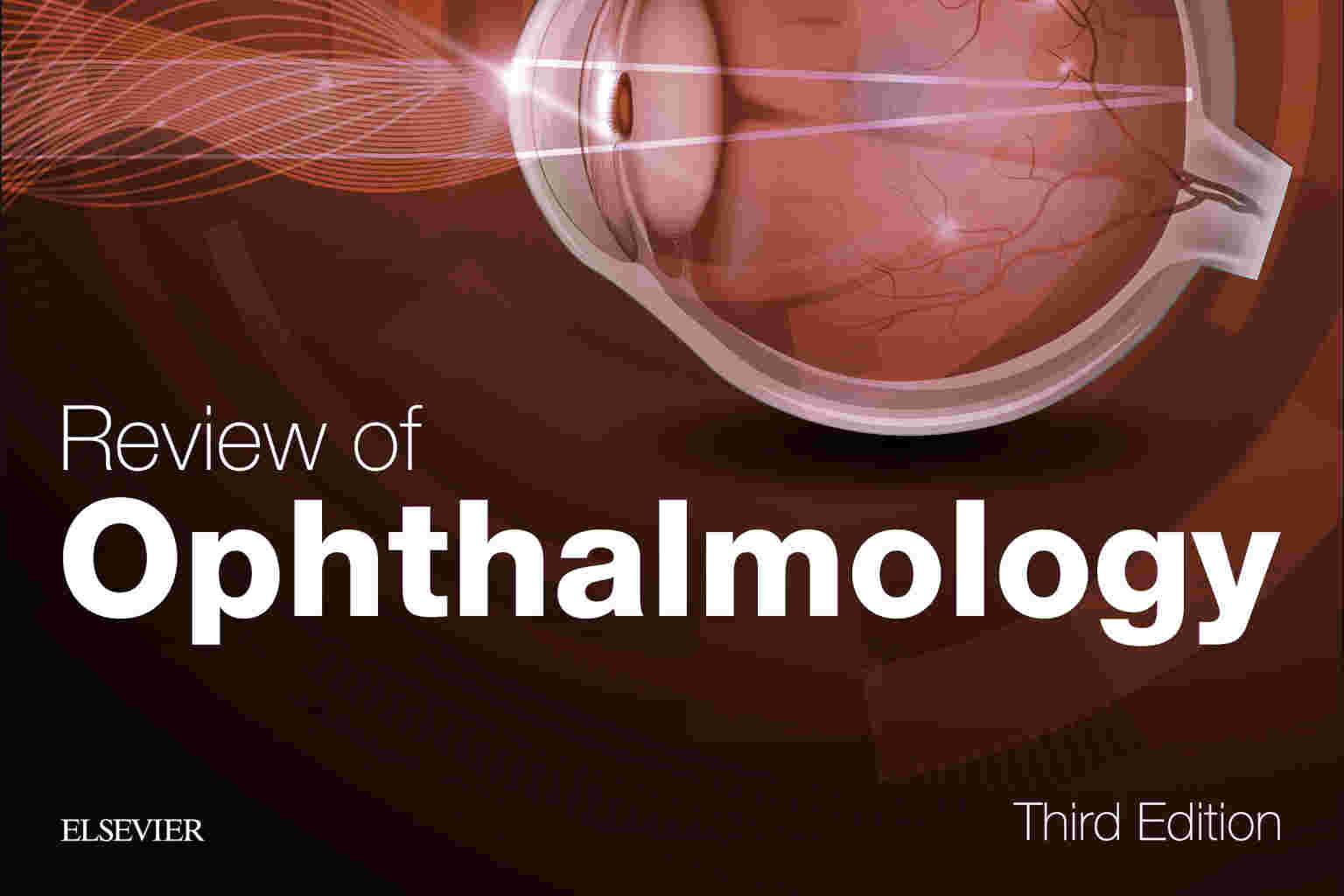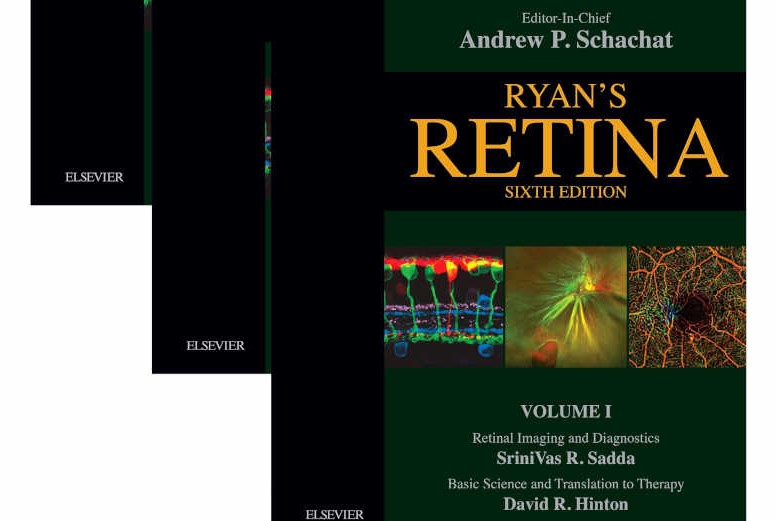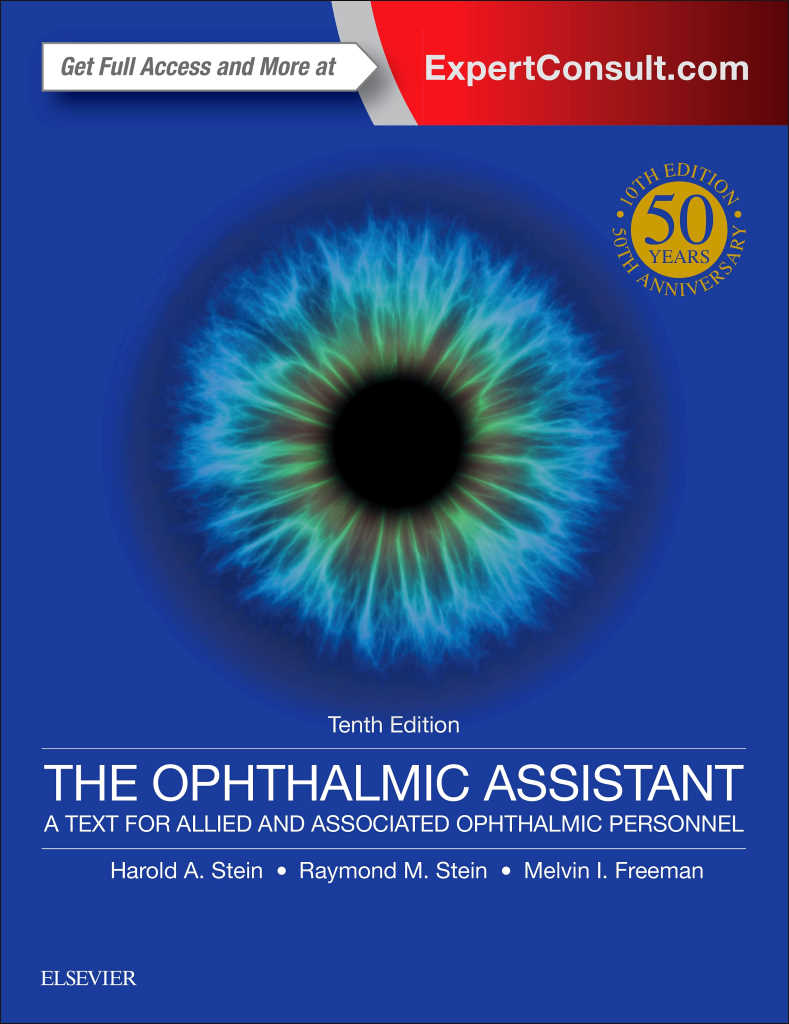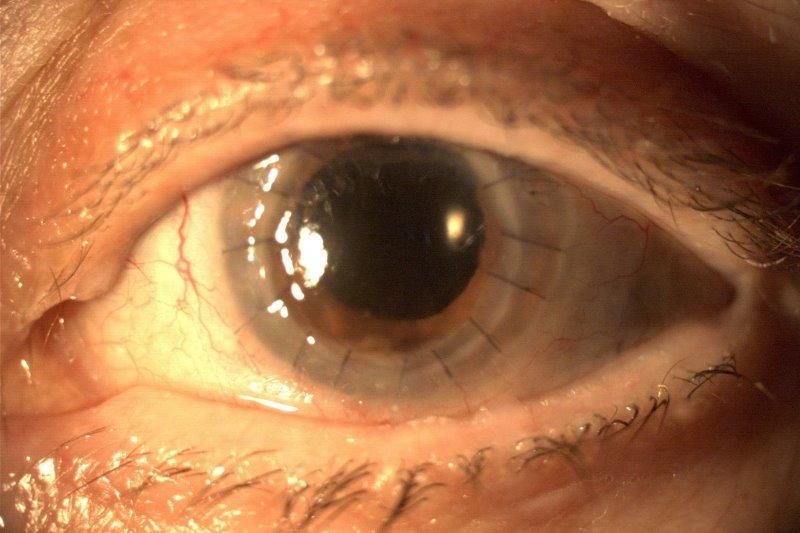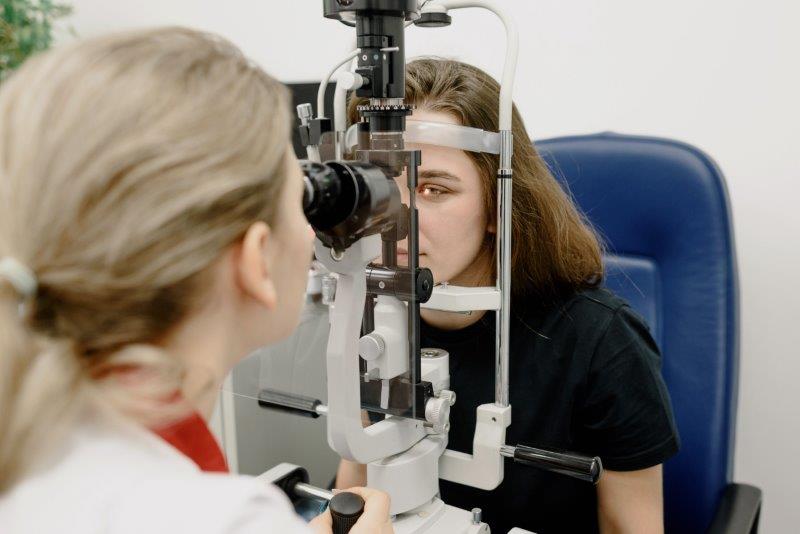Review of Ophthalmology (third edition) and Case Reviews of Ophthalmology (second edition)
The Review of Ophthalmology, third edition, by Drs Neil Friedman, Peter Kaiser and William Trattler, has quickly become one of my favourite textbooks. It is a one-stop comprehensive review book, richly filled with concise bullet points of key information.
The 11 chapters cover all subspecialties as well as optics, pharmacology, embryology, anatomy and pathology. With a strong clinical focus, it walks the reader through pertinent symptoms, findings, diagnosis and treatment. The book is visually well designed with a nice flow and consistent formatting throughout. The text is in concise bullet points, which makes the read easy-to-digest and follow. There are high quality clinical and histological images, and large illustrations are used to demonstrate concepts and anatomy.
New to this edition are clinical scenario-based review questions at the end of every chapter. These multiple-choice style questions provide a nice breather from reading factual information and are helpful to consolidate learning.
Perhaps the most impressive feature of this book are the generous sections summarising findings of key clinical studies. These allow the reader to rapidly access up-to-date, evidence-based treatment and management information across all subspecialty areas.
With 416 pages in total, and at more or less A4 paper size, the book is too large to be readily portable. However, the eBook companion can be viewed on your mobile or laptop and is easily accessible to all book owners through a unique code supplied within each cover. The online version is easy to navigate and allows the reader to make notes alongside each section, magnify images to a sufficient resolution full screen and perform useful searches.
For readers in exam preparation, this book would pair very well with a question bank. It is also worth pairing this third edition with its sister book ‘Case Reviews in Ophthalmology, second edition’, which contains more than 140 case scenarios covering the most relevant ocular conditions and basic sciences, in a similar format to RANZCO’s advanced clinical examinations (RACE). The eBook companion can be used like flash cards and there are large photos to highlight the key aspects of diagnosis for each case.
Overall, both of these texts have a clear clinical focus, with concise relevant content and high-quality illustrations. Although these books may be most useful for ophthalmic trainees preparing for clinical examinations, they would make an excellent resource for any reader in eye care interested in reviewing ocular conditions quickly and efficiently.
Dr Jina Han is a clinical research fellow in cornea and anterior segment diseases in the Department of Ophthalmology, University of Auckland. She is currently pursuing her MD on preoperative risk stratification and works closely with the anterior segment team at the Auckland District Health Board, as well as at the Eye Institute, Auckland, with Professor Charles McGhee.










